
In the wake of the ongoing coronavirus pandemic, one of the most significant tasks people everywhere have undertaken is cleaning their homes. In fact, sanitizing homes has, perhaps, become the second most necessary duty of the common person in curbing the growth of this dangerous virus after hand-washing. What was once a chore has now turned into an important function of our everyday life at home.
While cleaning your home regularly is a very good habit, it is equally important at present to stay away from numerous so-called cleaning hacks and myths that have somehow perpetuated themselves in our society over the last many years. Here, we debunk some of the popular and common household cleaning myths you must be aware of.
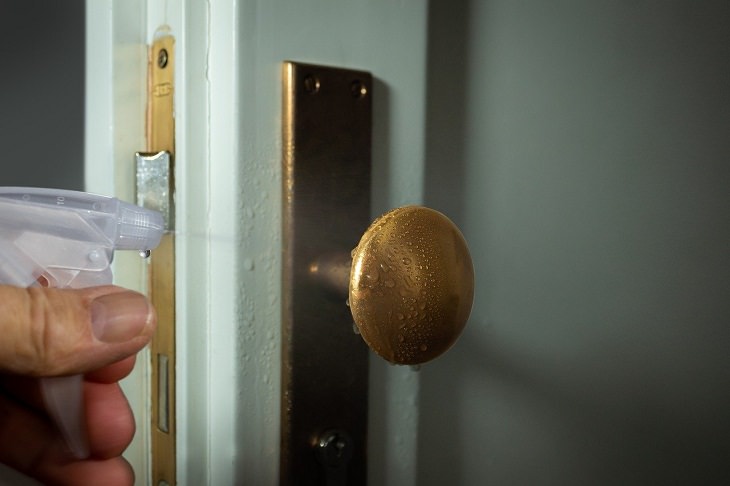
Many of us are using disinfectant sprays to sanitize different surfaces of our homes like door handles, switches, tables, etc. While this is a nice habit to have, it is also important to understand that merely spraying surfaces with disinfectants won’t be enough.
“Always follow the directions on the product’s label. Some solutions, like disinfectants, need a full 10 minutes to truly kill bacteria,” says Derek Christian, owner of My Maid Service, a home-cleaning service in Ohio and Texas.
Experts say that you must use soap and water to clean surfaces thoroughly. Another good option is using an alcohol- or bleach-based product which helps remove the ‘biofilms,' the cellular material left behind by human touch. Most disinfectant sprays are blocked by these biofilms from effectively penetrating the virus.

This has been a long-standing myth and many people still believe that using newspapers will give the window glass a streak-free shine. Initially, newspapers were much thicker than they are today and perhaps in those days they actually came in handy while cleaning glass. However, newspapers today are quite thin. So, a wet newspaper can tear easily and stick to your glass while cleaning, making it messy.
Also, the ink from the newspaper can shift to the mirror frames and window sills, and ultimately leave more stuff for you to clean. The better option would be to opt for a glass cleaner and a microfiber cloth instead.
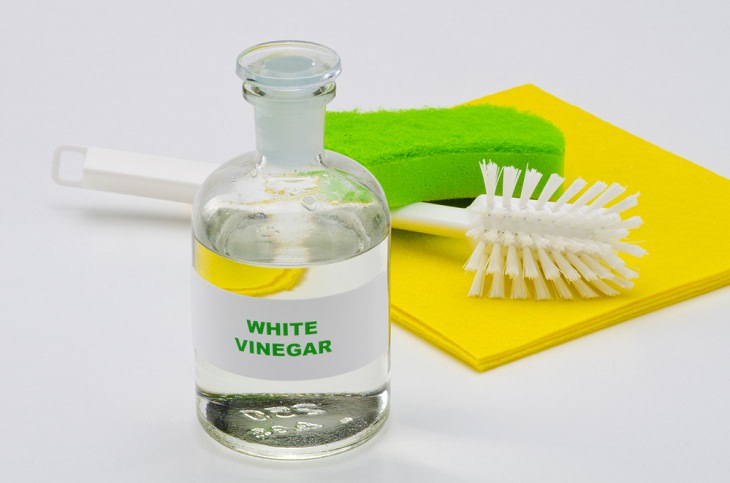
Vinegar is undoubtedly a wonderful cleaning agent and works well on walls, bathrooms, dishes, and as a fabric softener. However, there is a notion that vinegar can clean literally anything in the house. Is that really true?
While vinegar is good for getting rid of grime from certain surfaces in your home, it won’t work for every surface. Remember, acetic acid is vinegar’s primary ingredient and it has a low pH along with a high acidity level. Thus it can damage marble, natural stone, wax flooring, and wood surfaces like granite countertops and wood floors. Also, for the vinegar to be completely effective it has to be used at its full strength but most people put a capful in a bucket of water which dilutes its potency.
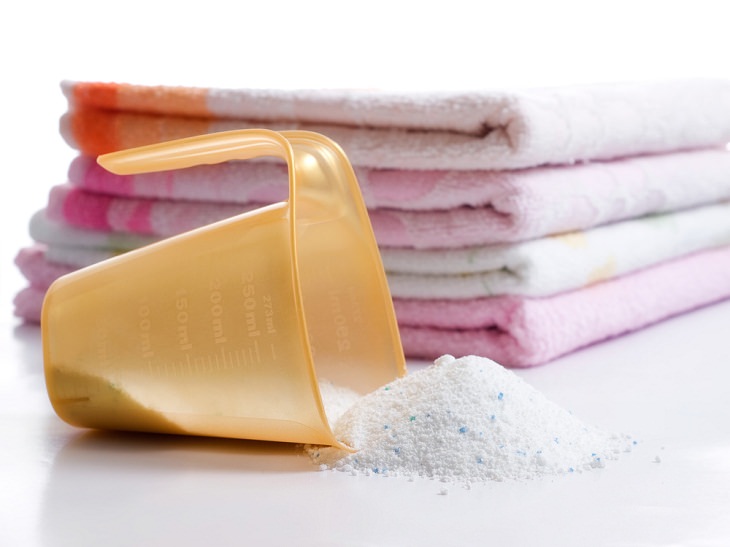
There is a general misconception that using more detergent would help you get your clothes cleaner. Surprisingly, however, when it comes to laundry detergent, less is actually more. Firstly, excessive suds damage a washing machine's pump and drain. Also, too many suds can resend soil into your clothes. Furthermore, as we keep using excess detergent, leftovers are formed inside the machine which can then lead to mold. Thus, be mindful that you don’t go overboard with your detergent.
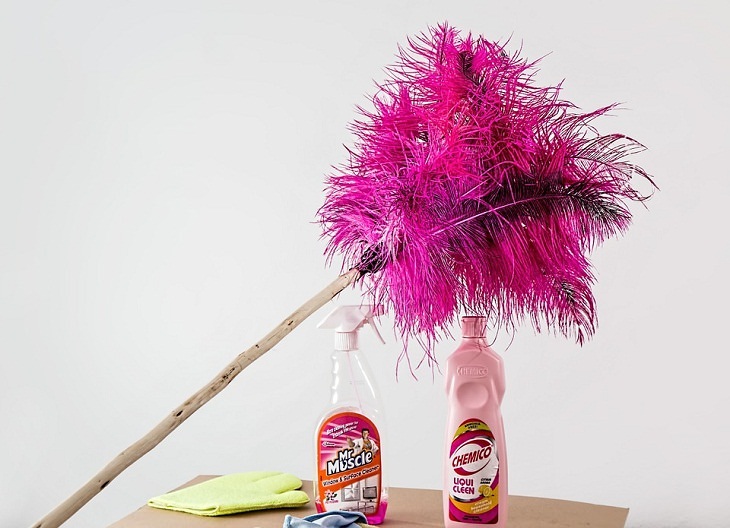
They are soft and fluffy but do feather dusters actually get the job done? The truth, according to several cleanings pros, is that despite being used commonly, feather dusters end up spreading dust around and don’t hold it well either. A majority of household dust comes from tiny fabric fibers and skin flakes that settle on different surfaces in the house. A common feather duster isn’t able to hold them. You can’t also ignore the fact that these dusters do tend to drop many feathers as they grow old. This leaves you with more cleaning to do. Genuine ostrich-feather dusters do work well but they are pretty expensive.
The better alternative is to go for microfiber and lambswool dusters as they actually do pick up dust and hold onto it.
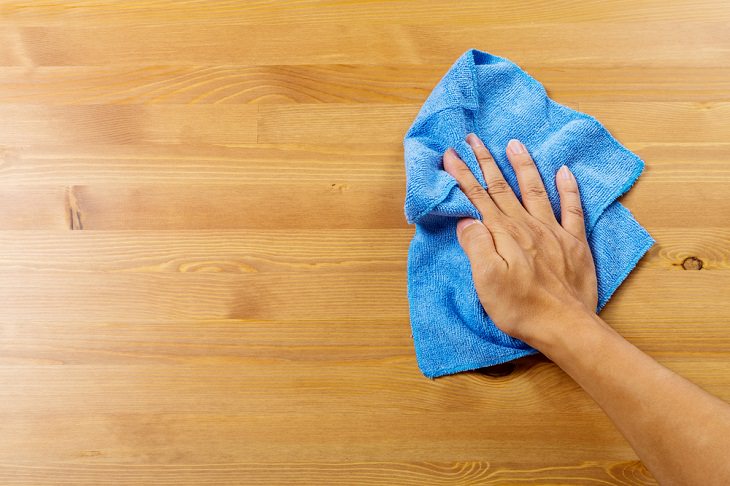
A gleaming wood surface is nice to look at, undoubtedly. This is the reason many believe that all wooden furniture inside a home should be polished regularly or they may lose their shine. But is using regular furniture polish really good for our furniture? Experts don’t think so.
Some polishes, apparently, can actually harm wood finishes and attract dust while many others can darken the wooden surfaces after building up over time. If there is dust or litter on a wooden surface, you can wipe it down with a mildly wet cloth.
That being said, you can polish the wood in your house from time to time as it offers protection from sun, heat, and other damage. However, most wooden furniture sold in the market these days don’t need any polishing at all.
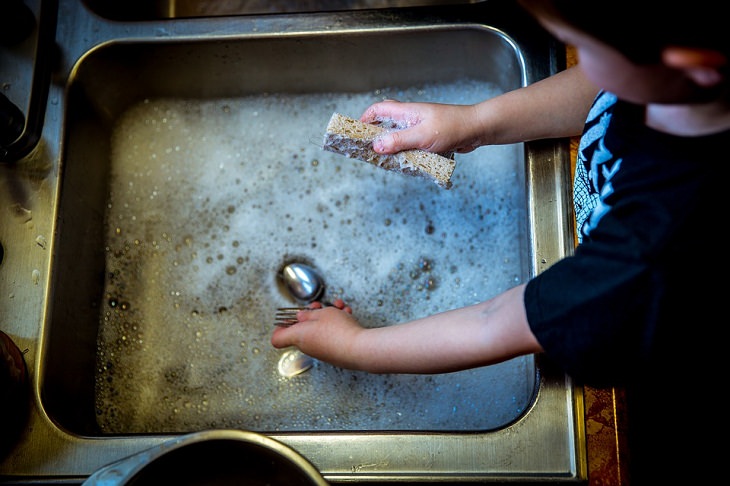
If you think you are saving money by hand washing your dishes rather than using a dishwasher, you are actually mistaken. There is a prevailing myth that washing dishes by hand is cleaner and better for the environment. But studies have shown that modern automatic dishwashers use a considerably less amount of water than does hand-washing the dishes with soap and water. In fact, many tests have proven that you end up using five times as much water as a dishwasher uses when you do your dishes manually. Research has also shown that by using a dishwasher you can save 230 hours every year along with 5,000 gallons (18927 liters) of water and $40 dollars in energy costs.
Dishwashers have thus not only become far cheaper to run but they are also much more water and energy-efficient.
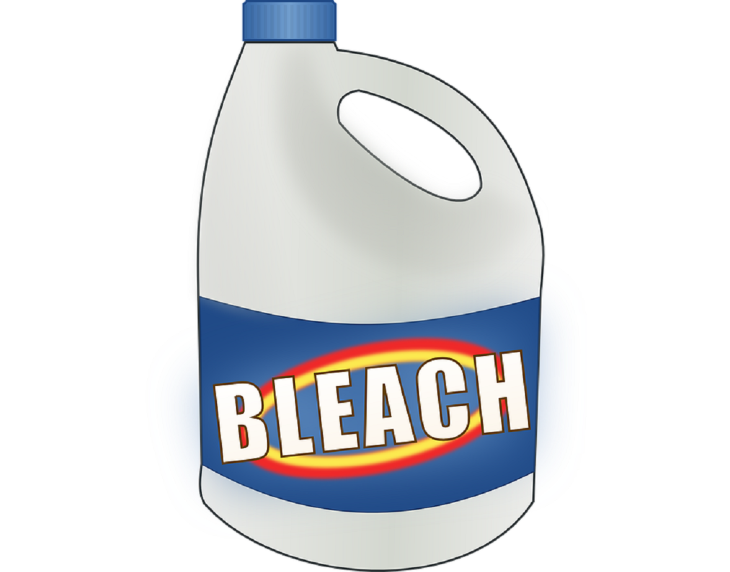
"Bleach cleans absolutely everything” - this is what we have been made to believe for long. The reason for this belief is the heavy scent of bleach in the air which makes us feel that something is really clean. Surprisingly, though, while bleach is great for killing germs or laundry stains it doesn't really clean dirt and residue from surfaces. Bleach is actually a disinfectant, not a cleaner. So basically, bleach doesn't clean much.
Many use bleach in their bathroom to wipe down their toilets and bathtubs. It is usually done so that bleach can kill any germs on the surface. To remove the grit from your bathtub or a stain on a sink, bleach won’t be of much use and you would need an actual cleaning product for it like baking soda.
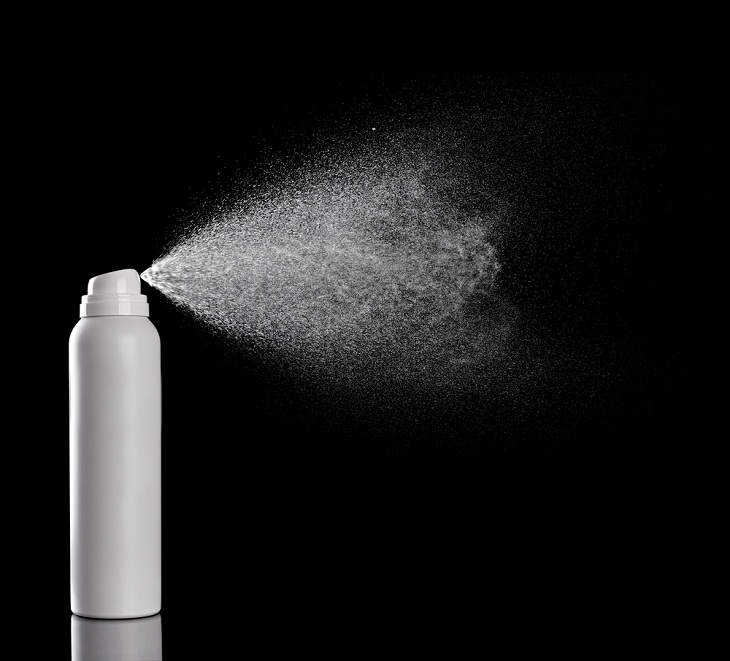
This is one of those tricks that used to be true once upon a time but isn’t anymore. Hairsprays were once loaded with alcohol. This made them useful for getting rid of ink stains on the walls. However, most of the modern hairsprays are either alcohol-free or have lower levels of alcohol because it can dry out your hair. Also, hairspray can leave residue and stiffen fabrics and shouldn’t be used for cleaning purposes. Thus, the next time you find an ink stain on your wall or shirt, find an actual stain remover or opt for rubbing alcohol from your medicine cabinet. It is far less expensive than hairspray and doesn’t have any extra ingredients.
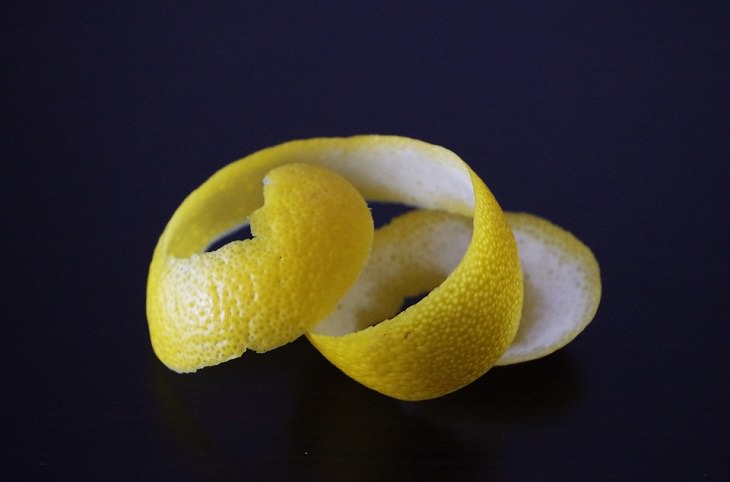
One of the common myths about garbage disposal is that lemon or lemon peels can actually clean it. Adding lemon to your garbage disposal may make it smell better for a few minutes but that doesn’t mean it will do any cleaning. The citric acid in lemon isn’t potent enough to disinfect or remove stale food from your garbage disposal. In fact, if you use it regularly, the metal inside can corrode over time. Additionally, the blades of your disposal have the risk of becoming dull as they attempt to cut up the lemon rind regularly.
The safer and better option would be to use a combination of soap and water.